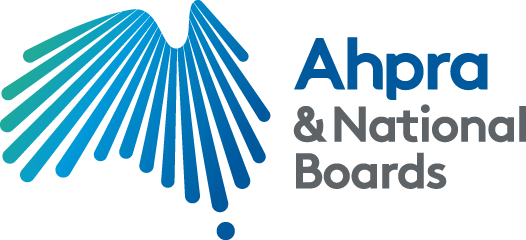Close
Scheduled Maintenance:
Practitioner Information Exchange and Employer Services will be unavailable between 8:00PM and 11:00PM Friday 5th December 2025 AEDT. Aphra's portal and other online services will be available. The online public Register of Practitioners will be available. We apologise for any inconvenience.
National health practitioner boards
Close
Page reviewed
25/11/2025
